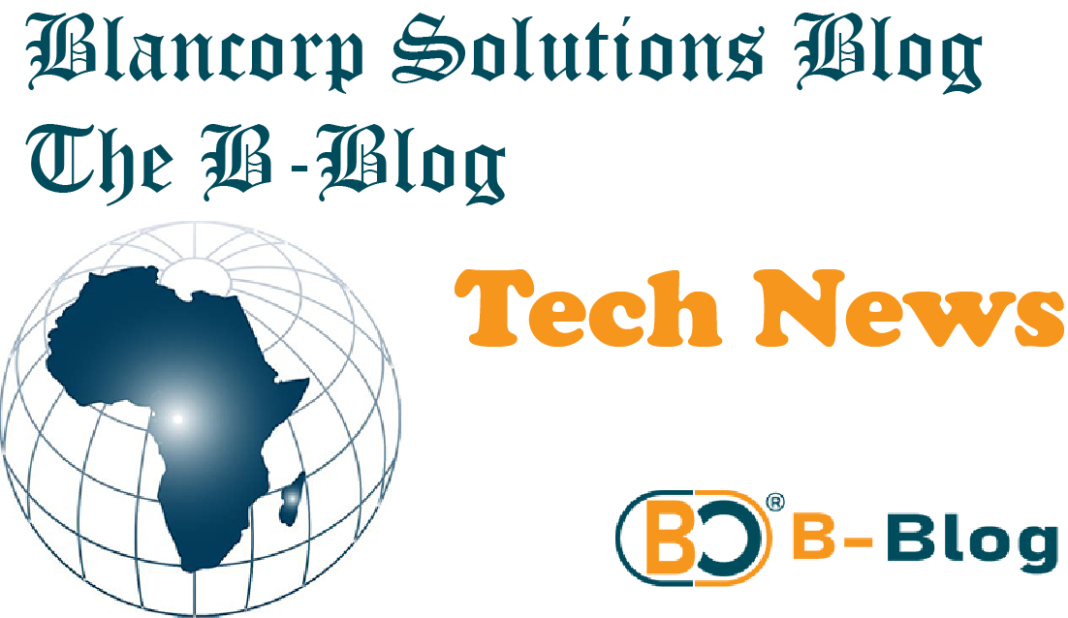The news about Microsoft offering a free Extended Security Updates tier caught my attention this week. It is a significant shift for organizations still running older Windows versions past their official support dates. This move directly impacts security teams managing legacy systems that cannot be immediately upgraded.
Many businesses worldwide rely on outdated operating systems due to budget constraints or compatibility needs. In regions like Africa and Southeast Asia, where hardware upgrades often take longer to implement, these extended security updates become critical. Unpatched systems are prime targets for cyberattacks, making this free tier a practical stopgap solution.
Microsoft’s decision reflects a growing recognition of real-world IT challenges. Not every organization can afford constant upgrades, especially smaller enterprises and educational institutions in developing economies. This free ESU tier helps bridge the security gap while migration plans develop.
For cybersecurity professionals, this means we should immediately inventory all Windows systems in our environments. Identify devices running unsupported versions like Windows 10 after its October 2025 end-of-life date. Microsoft provides eligibility guidelines on their ESU program page.
Three actionable steps to take today
1. Audit your Windows estate using free tools like Belarc Advisor
2. Register eligible devices through Microsoft’s free ESU portal
3. Create a transition timeline even while using extended updates
Remember that extended updates are temporary relief, not a permanent solution. They provide breathing room to budget for modernization. The Kenyan National Computer Incident Response Team recently emphasized this during their cybersecurity awareness workshops.
What stands out is how this approach balances security and accessibility. Large corporations might easily migrate, but rural hospitals or schools in the Global South need these safety nets. It is a reminder that cybersecurity must account for economic realities worldwide.
As you implement this, pair extended updates with other protections. Network segmentation isolates older systems. Regular vulnerability scans become even more crucial. Free resources like OWASP’s vulnerability management guide help structure this.
Ultimately, Microsoft’s move acknowledges a simple truth: security cannot be exclusive. While we work toward modern infrastructures, these transitional measures keep organizations protected. That practical approach benefits everyone in our interconnected digital landscape.

